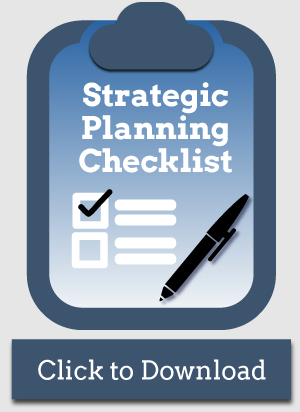Using facilitative behaviors is an area of training professionals receive that they can use to increase the effectiveness of meetings. However, all team members can also use them to help their team meetings. Understanding the concept can best be accomplished through examples like the following:
Reminding the team if it drifts from the agenda: This is not just the responsibility of the leader. It is the leader’s decision to determine if the group should go back to the agenda.
Asking individuals for their input: This can be done if someone in the meeting is not sharing their thoughts when it is felt they could have something to offer.
Paraphrasing: This is just summarizing what you thought someone was saying. It can be done for a variety of reasons including: seeing if you did hear them correctly or letting them know that you did hear what they were saying correctly.
Summarizing agreement: At times a discussion might go on longer than is actually needed because the group seems to be in agreement and is continuing to discuss the topic. This could be headed of if someone would say “is this what we are saying…..?
Asking questions: Be sure to do so if you are not sure what someone is saying.
Assisting the group with reaching consensus: All participants should always be looking for means to assist the group with reaching a consensus.
Reminding the team of its mission or goal: It should be brought to the group’s attention when a group seems to be working on things not related to achieving their mission or goal.
Validating persons or statements: If a person brings up what could be a controversial viewpoint you should consider thanking them for bringing it up even if the group does not agree with them. This action will increase the likelihood that they share their viewpoints in the future and that is important.
Reading and responding to nonverbal messages: An example is a person is not paying attention to the discussion taking place. After recognizing this try to determine why they are not paying attention and strive to get them engaged.
Using humor appropriately: Injecting humor can add to the meeting. The secret is doing it in the right way and at the right time.
I suggest having a discussion on this topic at one of you meetings and have the group identify some facilitative behaviors that they feel will improve their effectiveness. Then work hard to use them and see if they help.




Speak Your Mind